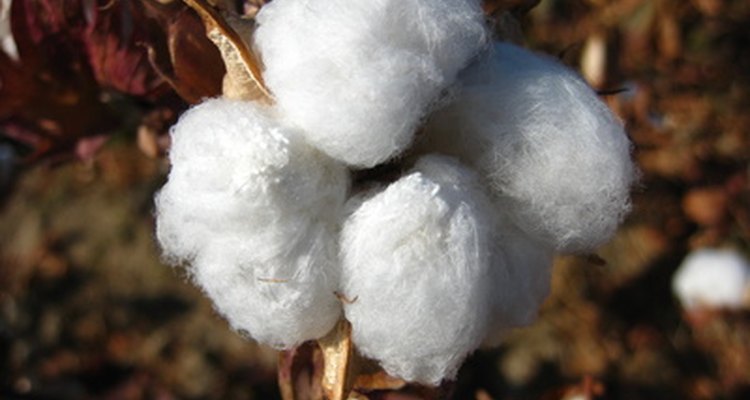
Cotton trade names are intended to give buyers some sense of the quality of cotton used in a specific product. Upland cotton is the more common variety, harvested from the Gossypium hirsutum plant. Fine cotton is harvested from the Gossypium barbadense plant, which produces longer fibers (around 44 mm long) which are stronger and easier to weave into soft cloth. These plants are also referred to as ELS (extra long staple) cotton.
Egyptian
Egyptian cotton has been grown in the Nile Valley for thousands of years. It is considered to be the finest luxury cotton available. Since growers elsewhere use the same variety of plant and produce similar fabrics, 100 percent Egyptian cotton is denoted by a label bearing a black pyramid with a white cotton boll inside.
Pima
Pima cotton is sometimes called "American Egyptian" because it uses the same types of plants and similar growing conditions in low-lying areas of the southern United States. The name Pima pays tribute to a Native American tribe, but the same plants are used in Egypt, Israel and Australia to produce fine cloth.
Supima
Supima is a designated subset of Pima plants that is carefully controlled by the Supima organization in the United States. The brand is subject to carefully controlled growing, harvesting and processing rules that are intended to assure buyers of the quality of the cotton under the name Supima.
Sea Island
Sea Island cotton is something of a misnomer at this point. The original crop of Sea Island cotton--grown on the seacoast of South Carolina around the time of the Civil War--was destroyed by a boll weevil infestation in the early 20th century. The current designation is unregulated, but is intended to denote similar quality.
Related Articles

Information About Cotton Fabric

Fruits or Vegetables Starting With X

How Much of the World's Clothing Is ...
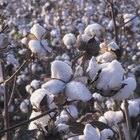
How Is Cotton Made?
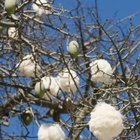
List of Plants Used for Clothing

The History of Bamboo Fabric
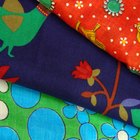
What Is Arnel Vintage Material Fabric?

Difference Between Manmade & Natural ...

Fabrics That Haute Couture Designers Use

Traditional Clothing in Hawaiian Culture

Why Cotton Is Used in Clothing

Advantages & Disadvantages of Natural ...
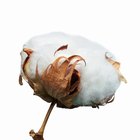
Ring Spun Cotton vs. Combed Cotton
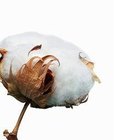
How Does Cotton Help Insulate?
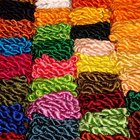
How Is Silk Made Into Fabric?

Characteristics of Polyester & Cotton

What Is the Highest Proof Tequila?

Types of Canvas Fabric

The Disadvantages of Silk

How to Know If I Got Real Adidas
References
Writer Bio
Eric Angevine is a freelance writer and editor from Charlottesville, VA. He writes about sports for ESPN.com, music and environmental issues for Blue Ridge Outdoors, and travel for several publications. He is the Editor of Jayhawk Tip-Off. He attended the University of Kansas and graduated from Old Dominion University with a B.S. in Professional Writing.
Photo Credits
Cotton plant -3 image by Alexey Burtsev from Fotolia.com